- 4 maja 2022
How does marijuana affect the heart?
- 30 kwietnia 2022
CBD oil dosage - what are safe dosages?
- 28 kwietnia 2022
Marijuana - a natural antibiotic
How do you choose the perfect outdoor venue?

Time flies by inexorably, and there is little time left to prepare for the Outdoors. Today we're going to talk about choosing the perfect spot for our plants, in terms of safety, light and nutrients - which will ultimately allow us to obtain a maximum yield. Remember that a good place is half the success of growing.
Start Many beginner growers start looking for the perfect place when they already have their seedlings. We do not recommend this solution. Good preparation is essential, otherwise the effects will be poor. If you do not want to lose your beautiful plants and you want to get heavy harvests then get down to choosing and preparing the place in advance.
We should start with a satellite map that will help us find a suitable spot for our plants. This can be the well-known Google map - Google Maps (https://maps.google.pl).
For experienced farmers, we recommend the Sun Calc map (http://suncalc.org), which also shows the course of the sun on the horizon. With Sun Calc we will know what area will be illuminated at what times. Remember to focus on a few important aspects when searching for the perfect spot:
1) Safety, as always, comes first. We should take into account the distance from any buildings, buildings = people we least need ????
2) Size our "zone" should occupy an optimal area, not too big, not too small. It is assumed that for automatic varieties, the distance between the plants should be about 50 cm, and for seasonal varieties about 100 cm
3) Water we need to be sure that transporting water will not cause us problems. If, however, the delivery of water will be a problem - we should choose an area near a reliable source of water (it can be a river, a reservoir). However, we recommend that you do not plant near a reservoir that generates a lot of visitors.
If you have a pH meter, you can take it with you. Other items are not likely to be needed. We suggest leaving the car at a considerable distance from the chosen spot, as it could unnecessarily attract someone's attention. Let's make sure that there are no residential or farm buildings in the vicinity, and that no agricultural work is being carried out.
Let us also be mindful of our beautiful wildlife.... we are not animal watchers. It is better not to have them near our seedlings. The area we choose should also meet the criteria of having at least 6 hours of sunlight a day. There is no way that our seedling will develop properly with less than 6 hours of light per day. If all the above criteria are fulfilled, we can proceed ????.
At all times we must bear in mind that people do not like green plants, they like to steal or destroy them.
So remember some important safety rules:
- well, if the place for our spot would be difficult to access, e.g. surrounded by nettles or a swamp our natural garden should be at a reasonable distance from the house, so that every visit to the plants is not a "trip to the end of the world". Unless you know from the beginning that you won't be visiting them too often an excuse in reserve is essential. It's better if we prepare a realistic lie ahead of time than to make up a quick one under stress. We can always meet unexpected guests on the way a good solution will be to leave all the necessary tools on site. Then, however, we need to properly protect it - both from the rain and nosy walkers walking to the plants should take different routes. The rule is simple - the more we walk there, the greater the combination of roads we should prepare, so as not to fall into the wrong hands remember about the terrain. Any pits can be flooded at any time, our plants probably won't survive this and will rot.
Soil
The area we've chosen may seem perfect to us, but the soil there may not be so good. In that case, we have two options: 1.) planting plants in bags of prepared soil 2.) fertilizing the soil Our mission is healthy plants. To achieve this, plants need organic matter as a criterion for soil fertility. We can use fertilizers from the ammonium group, such as blood meal and the like. Thanks to nitrogen, these fertilisers speed up the growth of your plants. But they do not improve the quality of the soil, and this is our main objective. For happiness we need substances that have a longer decomposition time, so that we can achieve the effect of long-term fertilization. Do not forget that the loosening of the soil and the level of fertility are two separate matters.
We recommend making a mixture of:
- 4 cups of gypsum 4 cups of magnesium sulfate 8 cups of bone meal 2 cups of calcium 8 tablespoons of backfill (powder) 2 tablespoons of baking powder
Mix everything together, preferably in a bucket. 1 litre of the mixture is enough for 300 litres of soil. With this method, you will achieve a significant improvement in soil properties, for a long period of time.
We wish you a fruitful harvest! :)
Karol


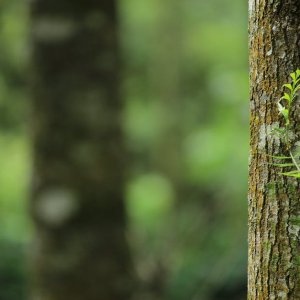
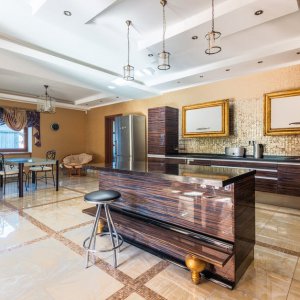


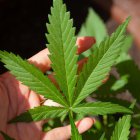

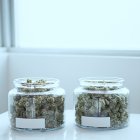








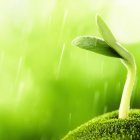

Top 3